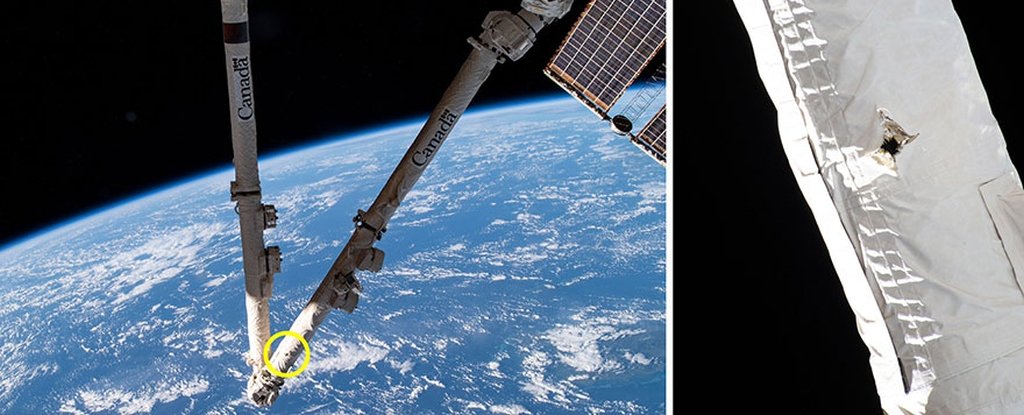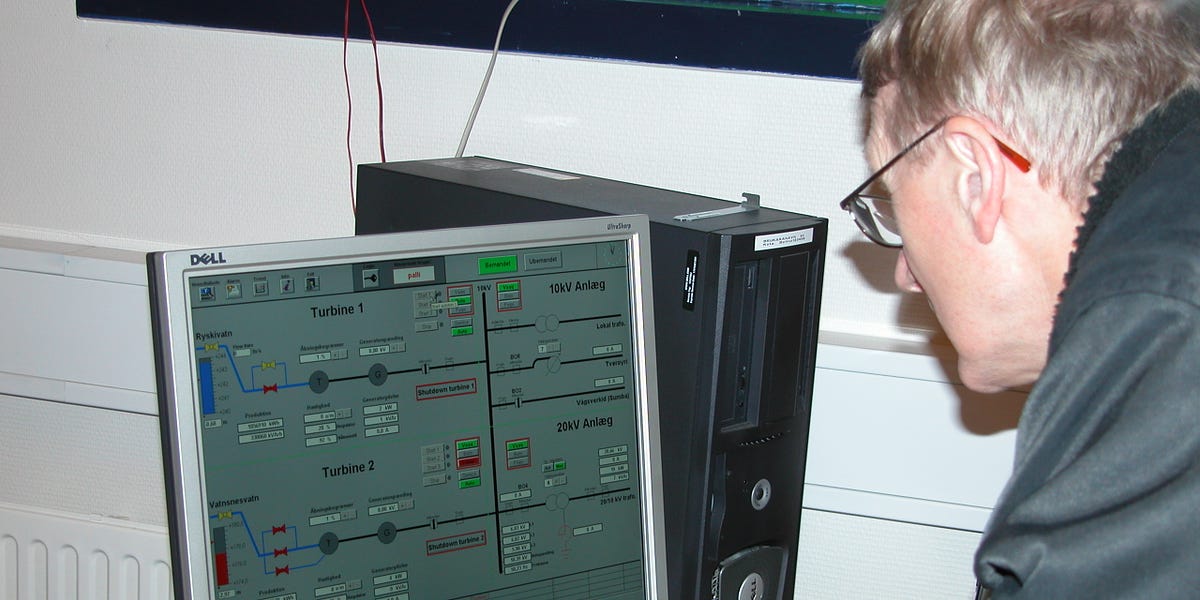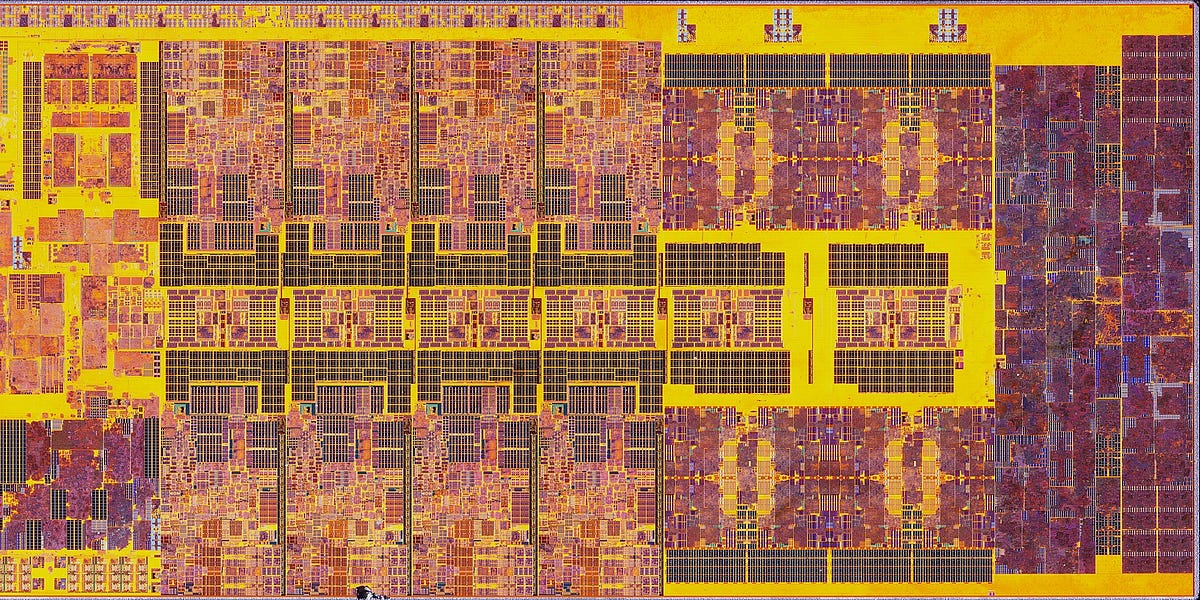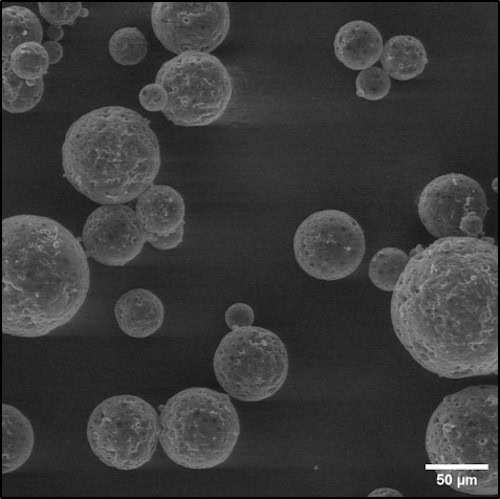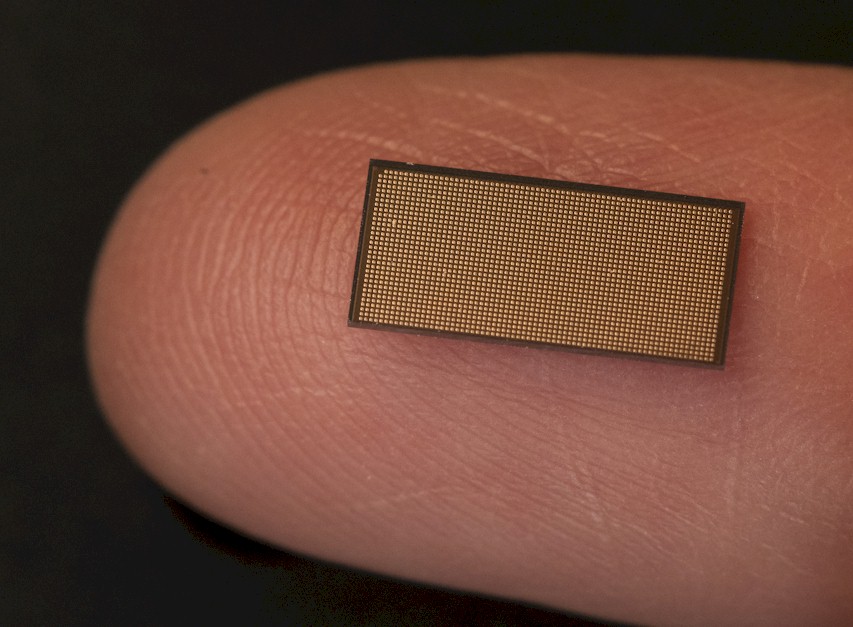
Issue No. 122 | The Orbital Index
¶Tiangong has a crew, and China has a vision. Shenzhou-12 launched three Chinese astronauts on a Long March-2F from the Gobi Desert and ferried them to Tiangong (here’s a video of the docking). This means there are now two long-duration crewed habitats in Earth orbit for the first time since the 1970s when Skylab and Salyut stations both hosted humans on-orbit (Mir’s last crew departed just a few months before Expedition-1 arrived at the ISS). The three astronauts are slated to stay in the new station’s Tianhe core module for up to three months, breaking China’s 30-day record set during their last crewed spaceflight five years ago. The Shenzhou spacecraft is based on the Russian Soyuz design, but is substantially larger and has modernized construction. Similarly, the Tianhe module is based on the Russian Functional Cargo Block (FGB) design, which is used by the Zvezda module of the ISS, and previously by Mir. China has built heavily on a foundation of Russian technology and experience while moving quickly to demonstrate its own capabilities in space. Barred from collaboration on the ISS by the Wolf Amendment, China will host international experiments on Tiangong. China and Russia also just announced a roadmap for their International Lunar Research Station (ILRS), starting with robotic exploration landers over the next five years (Chang’e 6 and 7, complete with a mini-flying probe, along with Luna 25, 26, and 27), then moving on to base construction starting in 2026 with cargo delivery and robotic construction missions, and finally crewed missions around 2036. (Related: The two counties are also collaborating on a Chinese mission to sample a near-Earth asteroid in 2024.)
¶Rocket Lab is aiming for Mars. Adding to their lunar and Venusian ambitions, Rocket Lab just won a contract to design two Mars-bound space probes for Berkeley’s Space Sciences Laboratory and NASA, based on the company’s Photon satellite bus. If selected for development, the Escape and Plasma Acceleration and Dynamics Explorers (EscaPADE) duo will be launched in 2024 on an existing NASA mission (they won’t use an Electron rocket). The pair would orbit Mars and study its magnetosphere for a nominal mission of one year, studying how the solar wind strips away Mars’ atmosphere over time. EscaPADE was one of three missions selected in 2019 by NASA’s SIMPLEx program. We should know after confirmation review in July if the mission will proceed to development. Related: Rocket Lab competitor Launcher just announced Orbiter, their own orbital transfer vehicle and competitor to Rocket Lab’s Photon (and Firefly’s Space Utility Vehicle, and Spaceflight’s Sherpa, and D-Orbit’s ION Satellite Carrier, and Momentus’ Vigoride, and Astra’s upcoming offering based on their recent acquisition of Apollo Fusion—the orbital transfer vehicle space is getting crowded.)






